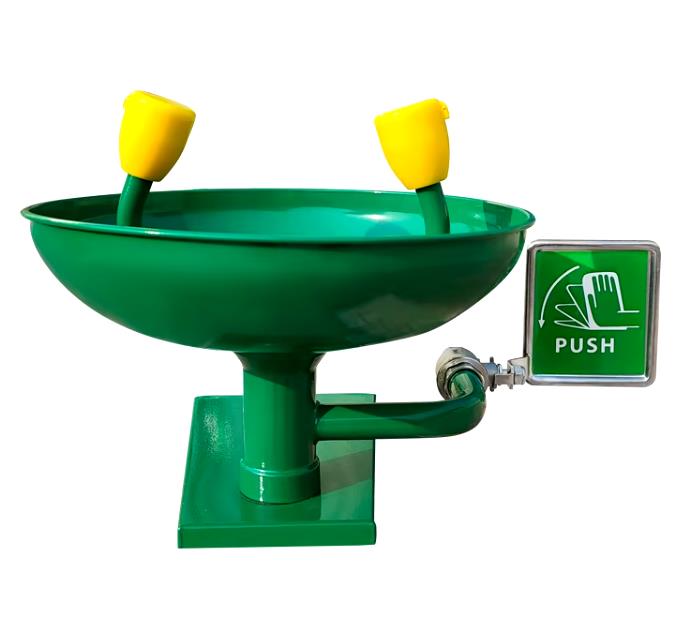Table of Contents
Are Eyewash Stations Required by OSHA?
Are Eyewash Stations Required by OSHA? This guide will break down OSHA’s requirements, providing valuable insights.
Understanding OSHA’s Stance on Eyewash Stations
OSHA, under regulation 29 CFR 1910.151(c), requires that suitable facilities for quick drenching or flushing of the eyes and body be provided within the work area for immediate emergency use when employees are exposed to corrosive materials. While this mandate does not explicitly mention the term “eyewash station,” it is interpreted by safety professionals and experts as a requirement for plumbed or self-contained eyewash stations in applicable workplaces.
What Types of Workplaces Require Eyewash Stations?
Eyewash stations are typically required in any workplace where employees could be exposed to hazardous chemicals or materials that could cause serious eye injury. This includes but is not limited to:
- Laboratories and research facilities
- Chemical manufacturing plants
- Industrial workshops using strong cleaning agents
- Any environment where corrosive or hazardous materials are handled or stored
Key Requirements for Compliance
Accessibility: OSHA mandates that emergency eyewash stations should be located within a 10-second reach of the hazardous work area. This distance is often interpreted as about 55 feet or less.
Activation Time: Eyewash stations should be capable of being activated in one second or less, ensuring a continuous flow of water for at least 15 minutes.
Water Quality and Temperature: The water must be tepid, defined as between 60°F (16°C) and 100°F (38°C), to avoid causing further harm during flushing.
Testing and Maintenance: Weekly testing is necessary to ensure the proper functioning of the equipment, and records should be maintained to demonstrate compliance.




